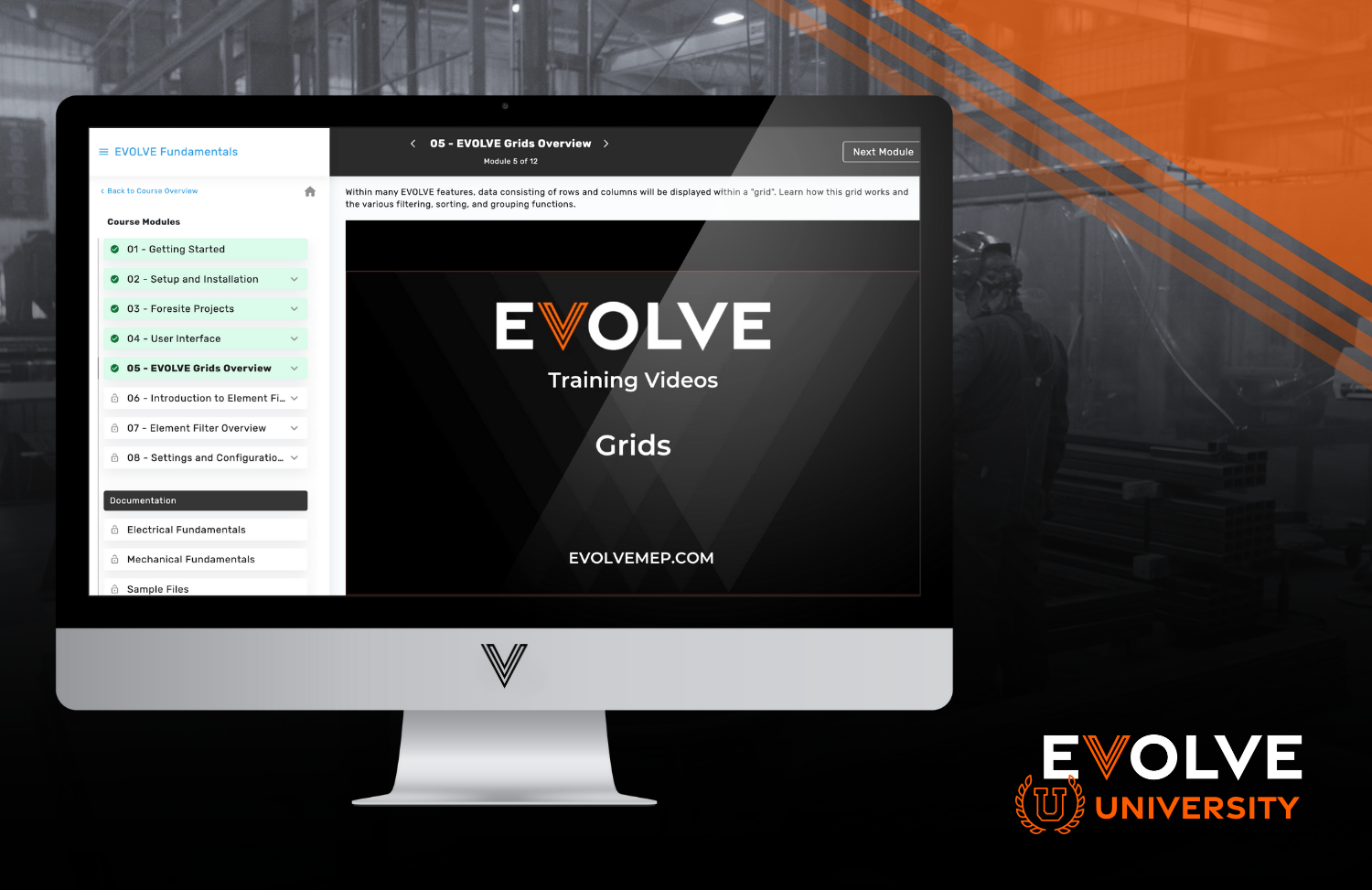In today's fast-paced world, managing a shop or a company can be overwhelming, especially when it comes to handling the constant parade of phone calls and emails. These constant communications can become distractions that can easily disrupt your team’s workflow and productivity levels.
But a lack of communication can also set your team off track as well. Can the foreman see what's happening in each work cell individually? And on a larger scale, can the VDC and field teams stay informed about work requests and orders they've already placed? These are all topics we must address, especially when they put the scalability and expansion of a shop or company at risk.
Developing a Plan
In order to avoid these hurdles, it's crucial to develop a plan to ensure everyone is on the same page. The biggest challenge lies in establishing seamless communication channels between departments, particularly from the BIM (Building Information Modeling) department to the shop floor. Bridging this gap is essential to ensure smooth workflow and minimize disconnects.
Step 1: Make agreements
Consider the language and vocabulary used in these communications; aligning vocabulary is vital to avoid misunderstandings. Keep messages concise while including all necessary information.
Define expectations for responses. Responding promptly is important, as delays can disrupt workflow. Remember to factor in holidays, weekends, and personal time off when establishing response time expectations. This is especially important when dealing with remote teams across different time zones. By aligning schedules and determining the frequency of meetings, you can ensure smooth communication flow within your organization.
Find communication channels that work for everyone. Invest in software that will provide visibility to teams so they can keep track of work order progress without having to sit down and write an email, or having to make constant phone calls. Oftentimes, BIM teams and the shop will be using separate platforms to track their work which can cause poor communication, and project delays.
Step 3: Document your communication planWhether it's tracking the workforce at various work cells or managing important work order requests, a centralized system is necessary.
Another crucial aspect of effective communication is confirming and documenting the discussions. When conducting meetings or phone calls, having a written plan in place ensures clarity and provides a reference point for follow-ups.
This step is particularly crucial for detailed projects that require extensive documentation. By addressing these key elements of communication, we can develop a plan that fosters clarity, collaboration, and efficiency within our industry.
Step 4: Establish Procedures
Set up a BIM execution plan. A BIM execution plan outlines the specific workflows, procedures, and standards that will be followed throughout the project. It defines the level of detail required, the BIM software to be used, the coordination process, and other project-specific details. The BIM plan should be developed collaboratively and regularly updated as the project progresses.
Create a system for feedback and review, ensuring that drawings and documents are ready for implementation. Establish quality control procedures to ensure the accuracy and integrity of the BIM models and data. This may involve regular model reviews, clash detection, clash resolution protocols, and validation checks against project requirements and standards.
Continuously monitor the effectiveness of your workflows and procedures. Encourage feedback from team members and stakeholders to identify areas for improvement and make necessary adjustments.
Step 5: Provide better visibility for teams
Whether it's tracking the workforce at various work cells or managing important work order requests, a centralized system is necessary. While automation can simplify processes and enable efficient BIM workflows through software like Revit, it's equally important to have a way to track and communicate fabrication progress effectively. EVOLVE Shop reduces the need for manual follow-ups.
Automating work order tracking and moving away from manual processes, such as Excel spreadsheets, can significantly improve efficiency. Software that integrates with other systems, like Revit, allows for seamless data exchange, eliminating the need for multiple software solutions. Integrating existing software with new tools can enhance workflows and streamline processes.
Having a centralized dashboard, automated communication tools, and real-time data access are vital for efficient operations. By leveraging the EVOLVE Shop software solution, organizations can streamline processes, reduce manual efforts, and enhance overall productivity.
Get a demo today!





